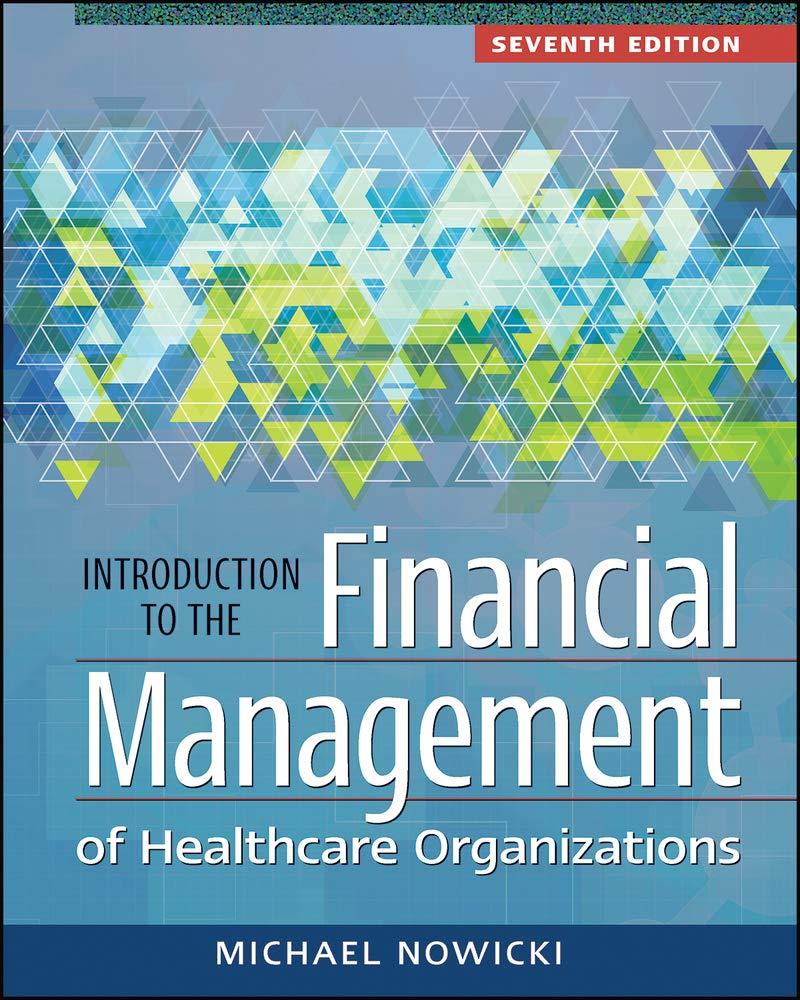


Problem 2 This is a multi-step (three parts) problem. Part A: At t=0, you purchase a 4-year, 5.000 percent regular coupon bond (paid annually) that is priced to yield 6.000 percent per year continuously compounded. The face value of the bond is $1,000.000. The bond issuer is the U.S. government (no liquidity risk). What is the bond price in U.S. dollars at time t=0 ? This is a multi-step (three parts) problem. Part B: At t=0, you purchase a 4-year, 5 percent regular coupon bond (paid annually) that is priced to yield 6.000 percent per year continuously compounded. The face value of the bond is $1,000.00. The bond issuer is the U.S. government (no liquidity risk). (You already computed bond price in Part A of the problem.) You are also given that your holding period (investment horizon) equals to the maturity of the bond ( t=4 years). Suppose that the market interest rate decreases 5.500 percent continuously compounded during the first year of your purchase (within year 1), and it remains at that level till the maturity of the bond. Assume that, the reinvestment rate for the first coupon payment is the new interest rate, that is, 5.500 percent continuously compounded. In addition, you will reinvest the coupon payments in a zero-coupon bond. What is the your total proceeds (sum of face value and amount of reinvestment of coupon payments)at the end of your investment horizon (t=4) years? This is a multi-step (three parts) problem. Part C: At t=0, you purchase a 4 -year, 5 percent regular coupon bond (paid annually) that is priced to yield 6.000 percent per year continuously compounded. The face value of the bond is $1,000. The bond issuer is the U.S. government (no liquidity risk). You are also given that your holding period (investment horizon) equals to the maturity of the bond ( t=4 years). Suppose that the market interest rate decreases 5.500 percent continuously compounded during the first year of your purchase (within year 1), and it remains at that level till the maturity of the bond. Assume that, the reinvestment rate for the first coupon payment is the new interest rate, that is, 5.500 percent continuously compounded. In addition, you will reinvest the coupon payments in a zero-coupon bond. What is your continuously compounded holding period return (HPR) at the end of your investment horizon (t=4) years? (Type your answer in decimals. For example, if your answer is 1.234%, then type 0.01234. Roundoff to four decimal places.) Problem 2 This is a multi-step (three parts) problem. Part A: At t=0, you purchase a 4-year, 5.000 percent regular coupon bond (paid annually) that is priced to yield 6.000 percent per year continuously compounded. The face value of the bond is $1,000.000. The bond issuer is the U.S. government (no liquidity risk). What is the bond price in U.S. dollars at time t=0 ? This is a multi-step (three parts) problem. Part B: At t=0, you purchase a 4-year, 5 percent regular coupon bond (paid annually) that is priced to yield 6.000 percent per year continuously compounded. The face value of the bond is $1,000.00. The bond issuer is the U.S. government (no liquidity risk). (You already computed bond price in Part A of the problem.) You are also given that your holding period (investment horizon) equals to the maturity of the bond ( t=4 years). Suppose that the market interest rate decreases 5.500 percent continuously compounded during the first year of your purchase (within year 1), and it remains at that level till the maturity of the bond. Assume that, the reinvestment rate for the first coupon payment is the new interest rate, that is, 5.500 percent continuously compounded. In addition, you will reinvest the coupon payments in a zero-coupon bond. What is the your total proceeds (sum of face value and amount of reinvestment of coupon payments)at the end of your investment horizon (t=4) years? This is a multi-step (three parts) problem. Part C: At t=0, you purchase a 4 -year, 5 percent regular coupon bond (paid annually) that is priced to yield 6.000 percent per year continuously compounded. The face value of the bond is $1,000. The bond issuer is the U.S. government (no liquidity risk). You are also given that your holding period (investment horizon) equals to the maturity of the bond ( t=4 years). Suppose that the market interest rate decreases 5.500 percent continuously compounded during the first year of your purchase (within year 1), and it remains at that level till the maturity of the bond. Assume that, the reinvestment rate for the first coupon payment is the new interest rate, that is, 5.500 percent continuously compounded. In addition, you will reinvest the coupon payments in a zero-coupon bond. What is your continuously compounded holding period return (HPR) at the end of your investment horizon (t=4) years? (Type your answer in decimals. For example, if your answer is 1.234%, then type 0.01234. Roundoff to four decimal places.)









